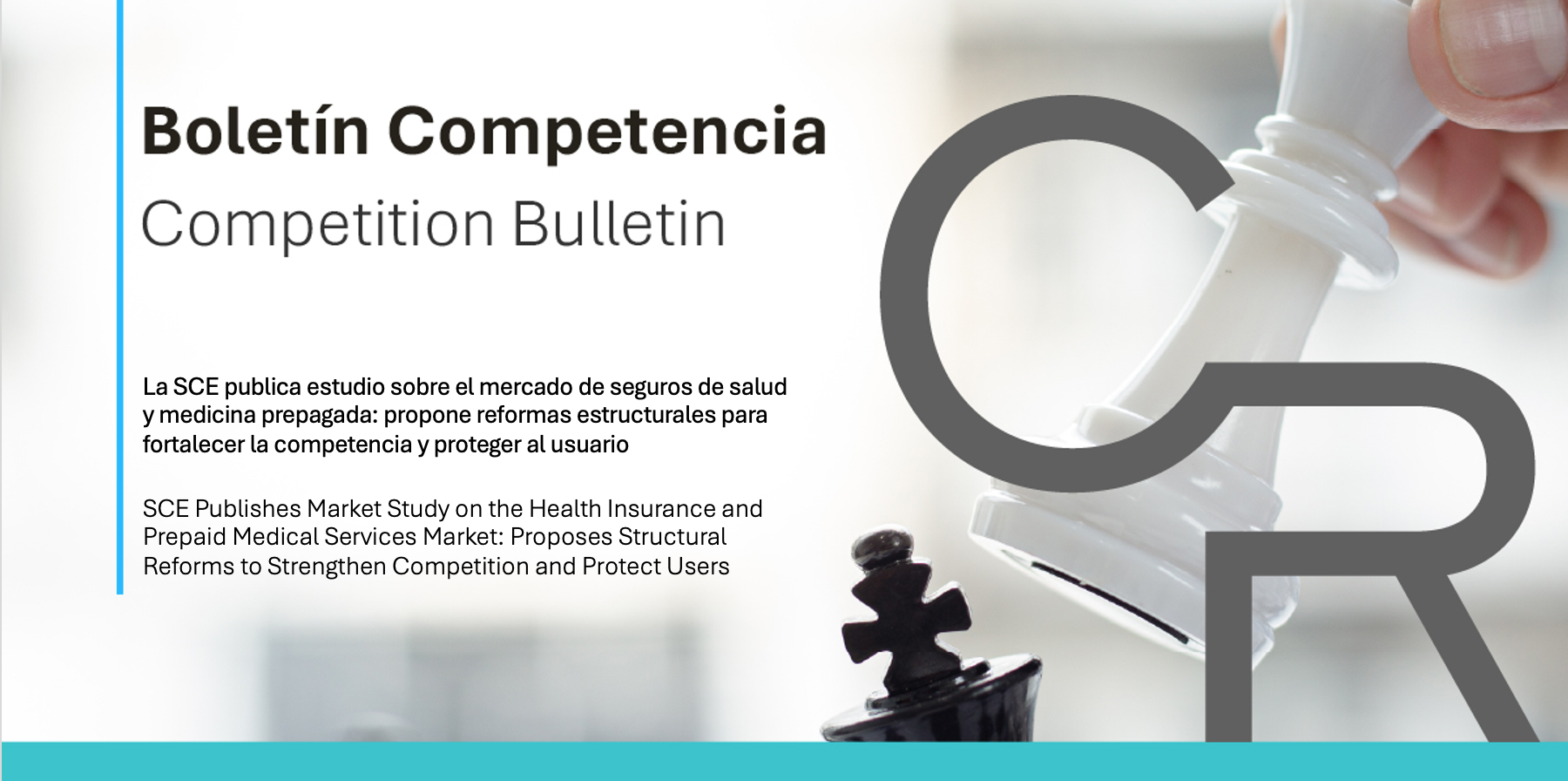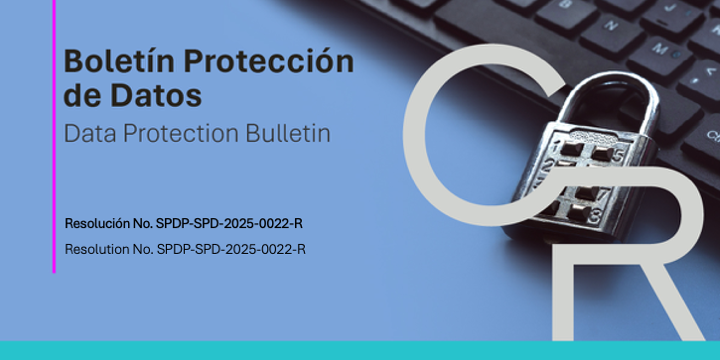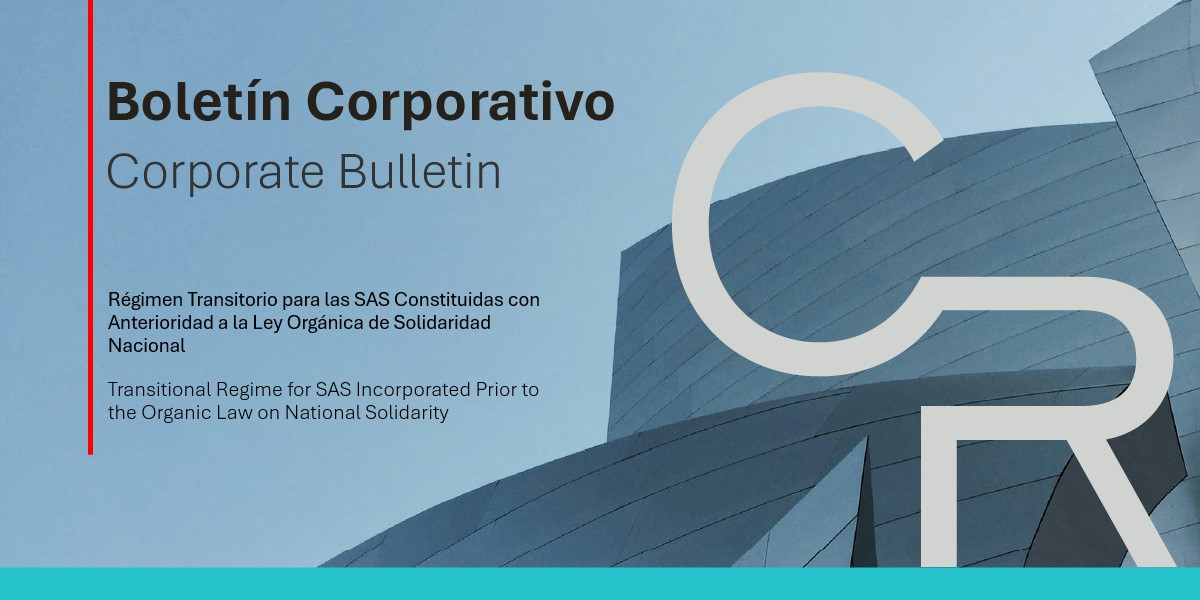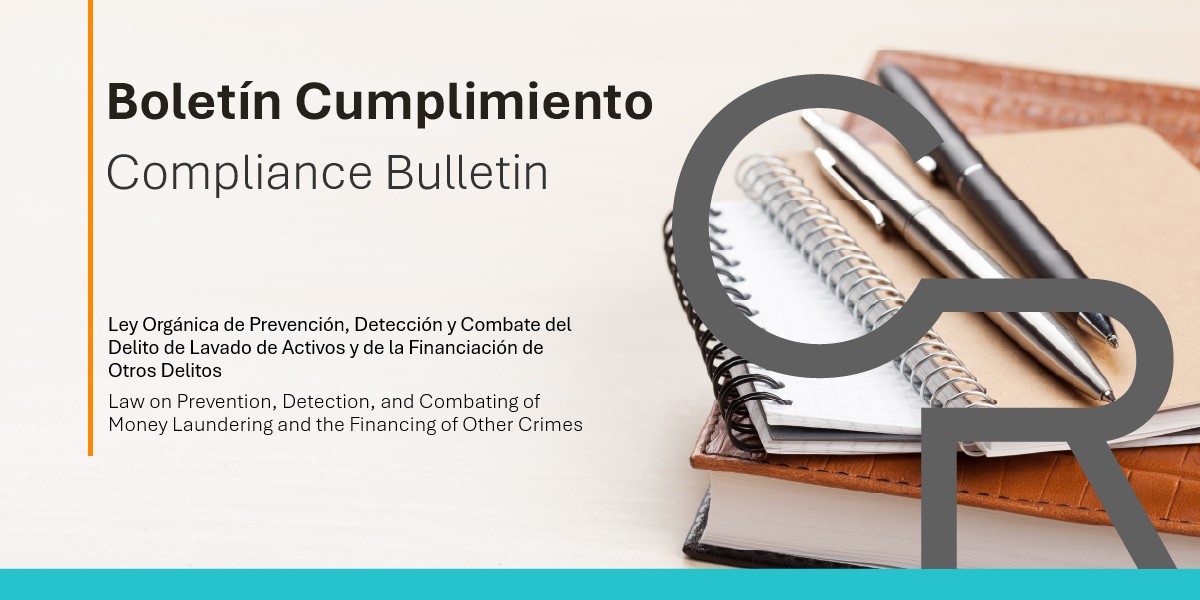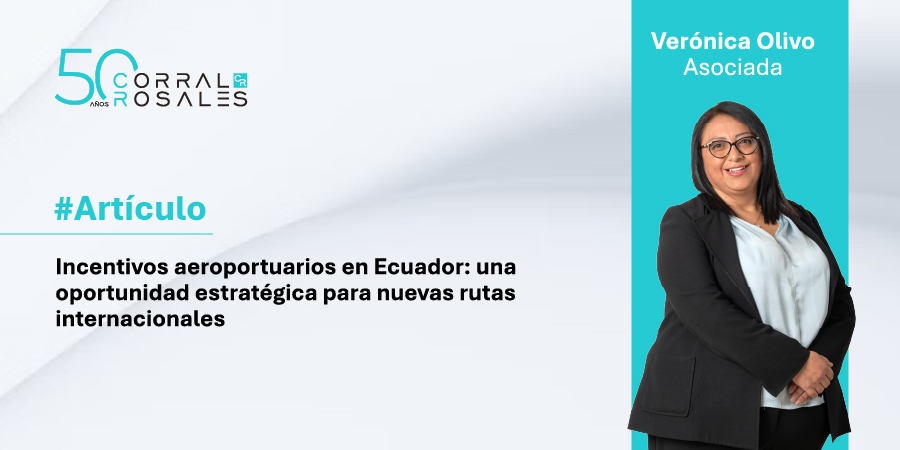On June 5, 2025, the Court of Justice of the Andean Community (“Court” or “TJCA”) issued a preliminary ruling that reconfigures the delicate balance between state regulation and free competition within sub-regional air transport[1]. The consultation was formulated by the Colombian Council of State, in the context of a dispute over the legality of Resolution 890 of 2010, issued by the Colombian Civil Aeronautics (“Aerocivil”). This regulation obliges airlines to publish their fares also in travel agencies, at the same price as in their direct sales channels.
This ruling redefines the scope of action of member states in three key dimensions:
- States’ remedial powers under Article 94 of the Cartagena Agreement.
- Tariff regulation in the air transport sector under Decision 582[2].
- The regulatory limits derived from the obligation not to distort free competition under Article 36 of Decision 608[3].
- Resolution 890/2010 and its controversy
On February 23, 2010, the Aerocivil issued Resolution 890/2010 with the intention of guaranteeing fare transparency and avoiding discriminatory practices between sales channels. However, this measure was challenged in 2021 by Avianca and 18 other airlines on the grounds that:
- It implied an unjustified intervention in contractual freedom.
- It limited competition by preventing differentiated tariff practices by channel.
- Violated Article 94 of the Cartagena Agreement, which imposes restrictions on corrective measures that may affect free regional competition without the authorization of the General Secretariat of the Andean Community.
Aerocivil responded by defending its regulatory competence in a public service such as air transportation, arguing that the resolution pursued legitimate public policy goals such as transparency and consumer protection.
- Corrective Measures and State Power: Legitimate Intervention or Prohibited Distortion?
One of the main questions resolved by the TJCA was whether Resolution 890/2010 could qualify as a “corrective measure” under the terms of Article 94 of the Cartagena Agreement, which prohibits member countries from adopting such measures without prior authorization from the General Secretariat of the Andean Community.
The Court held that the concept of “remedy” must be read in a systematic way with Decisions 283[4], 284[5], 285[6] and 457[7], which define its scope with respect to practices such as dumping, subsidies and other distortions to subregional competition. In the TJCA’s opinion, Resolution 890 does not fall within this framework, since:
- It was not intended to correct a cross-border distortion.
- It was a national rule aimed at homogenizing prices in order to protect consumers, within the legitimate sphere of State intervention.
This approach clearly delimits the scope of application of Article 94, preventing any state intervention from being seen as a distortion per se, and grants States a wider margin of domestic regulation than some economic operators had argued. In this sense, the ruling recognizes that free competition is not absolute and that the public interest -such as tariff transparency or equitable access to services- may justify sectoral regulations, if they do not imply undue discrimination or barriers to Andean trade.
With respect to the determination of air fares, the TJCA reaffirmed that Decision 582 grants each State the power to set its own fares, if this does not contradict the principles of the Community system or affect free sub-regional competition. In this case, the obligation imposed by Aerocivil to match prices in all sales channels (including travel agencies) may limit the possibility of differentiated commercial strategies, which represents a barrier to competition.
- Article 36 of Decision 608: the new standard for regulatory compatibility
Finally, the Court ruled on the functional limit imposed by Article 36 of Decision 608, according to which no public policy measure may “prevent, hinder or distort” competition in the subregional market. In the TJCA’s view, this principle does not imply an absolute restriction on state intervention, but rather requires such intervention:
- Does not introduce unjustified barriers to the entry of operators from other member countries.
- Does not discriminate between Andean economic agents.
- And it does not substantially alter the conditions of effective competition in the regional market.
This standard requires States to evaluate proportionality and economic impact before adopting sectoral regulations. It is not a total prohibition to intervene, but a call for regulatory coherence with the principles of the Andean market, which can be exemplified by the following tripartite test to assess the validity of state measures against free competition:
Criteria
Andean Community
Legality of the purpose pursued
Legitimate non-economic public interest (transparency, equity).
Proportionality of the measure
No more restrictive than necessary.
Non-discrimination
No preference for national operators.
- Conclusion
Preliminary ruling 13-IP-2023 represents a clear warning: regional integration requires member countries to harmonize their domestic regulations with Andean Community law. Although States retain regulatory powers, these are not absolute when they affect the subregional market.
The TJCA ruling reaffirms the need to request prior authorization from the General Secretariat of the Andean Community for any national corrective measure that has a potential impact on regional competition, even if it is applied exclusively in the territory of the member state. It also highlights the role of the Andean Committee for the Defense of Free Competition as a technical body for the evaluation and recommendation of policies.
[1] Court of Justice of the Andean Community (2025). Prejudicial Interpretation 13-IP-2023 of June 5, 2025. Official Gazette of the Cartagena Agreement, Year XLI, No. 5660, pp. 8-26.
[2] Andean Community (2004). Decision 582 – Rules for the provision of air transport services in the Andean Community. Official Gazette of the Cartagena Agreement, No. 1180.
[3] Andean Community (1999). Decision 608 – Rules for the protection and promotion of free competition in the Andean Community. Official Gazette of the Cartagena Agreement, No. 314.
[4] Andean Community. (1991). Decision 283: Regime to prevent or correct distortions of competition caused by dumping and subsidies [Commission Decision]. General Secretariat of the Andean Community.
[5] Andean Community (1991). Decision 284: Procedures for the application of the regime on unfair trade practices [Commission Decision]. General Secretariat of the Andean Community.
[6] Andean Community (1991). Decision 285: Regime for the settlement of disputes on unfair trade practices [Decision of the Commission]. General Secretariat of the Andean Community.
[7] Andean Community (1999). Decision 457: Rules to prevent or correct distortions of competition caused by restrictive practices to subregional trade [Decision of the Commission]. General Secretariat of the Andean Community.
Christian Razza
Associate at CorralRosales
crazza@corralrosales.com





